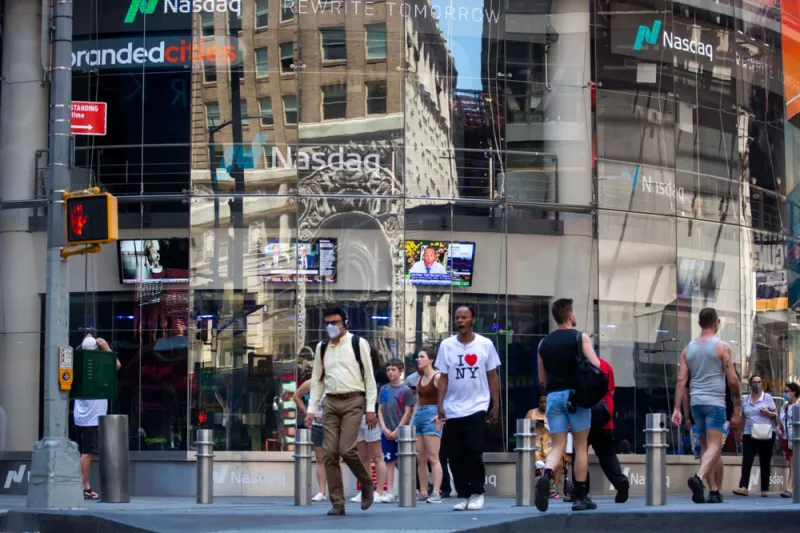Hedge fund managers — especially the larger ones — have proved their prowess during one of the worst markets in decades.
The S&P 500 lost 20 percent in the first sixth months of 2022, the worst mid-year performance in over half a century. Meanwhile, the HFRI Asset Weighted Composite Index — a measure of hedge fund performance tilted toward larger funds — gained 1.6 percent. The index declined only 0.9 percent in June, while the S&P 500 fell 8.3 percent amid mounting recession fears.
Hedge funds as a whole also outperformed the market in the first half of 2022. The HFRI Fund Weighted Composite Index, an equal-weighted index that takes assets out of the equation, fell 3.1 percent in June and 5.9 percent in the first half of this year. Still, from January to June, it outran the S&P 500 and the Nasdaq Composite by 16 percent and 25.5 percent, respectively, according to Hedge Fund Research.
Even before the market rout this year, about half of all U.S. allocators planned to increase their investments in hedge funds in 2022, Institutional Investor previously reported.
But not all hedge fund strategies have delivered outsized returns. Equity and event-driven strategies lost 12.3 percent and 8 percent, respectively, in the first six months. Macro hedge funds, which gained 9 percent in the first half of the year and lost 0.4 percent in June, have been the biggest winner, according to HFR.
Kenneth Heinz, president of HFR, attributed the losses suffered by equity and event-driven hedge funds to a general risk-off mode in the market. These managers have been “trading through a wide range of risks, including not only generational inflation, increasing interest rates, the continuation of the Russia-Ukraine war, and record energy price increases, but also the increased likelihood of a consumer-led U.S. economic recession,” he wrote in a statement.
Macro strategies, on the other hand, have a low correlation to short-term market movements and can serve as an antidote to heightened market volatility. Almost all sub-indices in the HFRI Macro category delivered positive returns in the first half of the year. The only exception was the HFRI Macro Discretionary Thematic Index, which lost 0.6 percent.
Risk premia and fixed income-based strategies also posted narrow losses in June. Despite that, hedge funds have done well navigating this year’s volatility, according to HFR. With volatility expected to continue through the second half of the year, “institutional investors are likely to increase commitments to strategies [that] have demonstrated their ability to preserve capital through recent declines, while opportunistically positioning for dynamic positive or negative market environments,” Heinz concluded.







